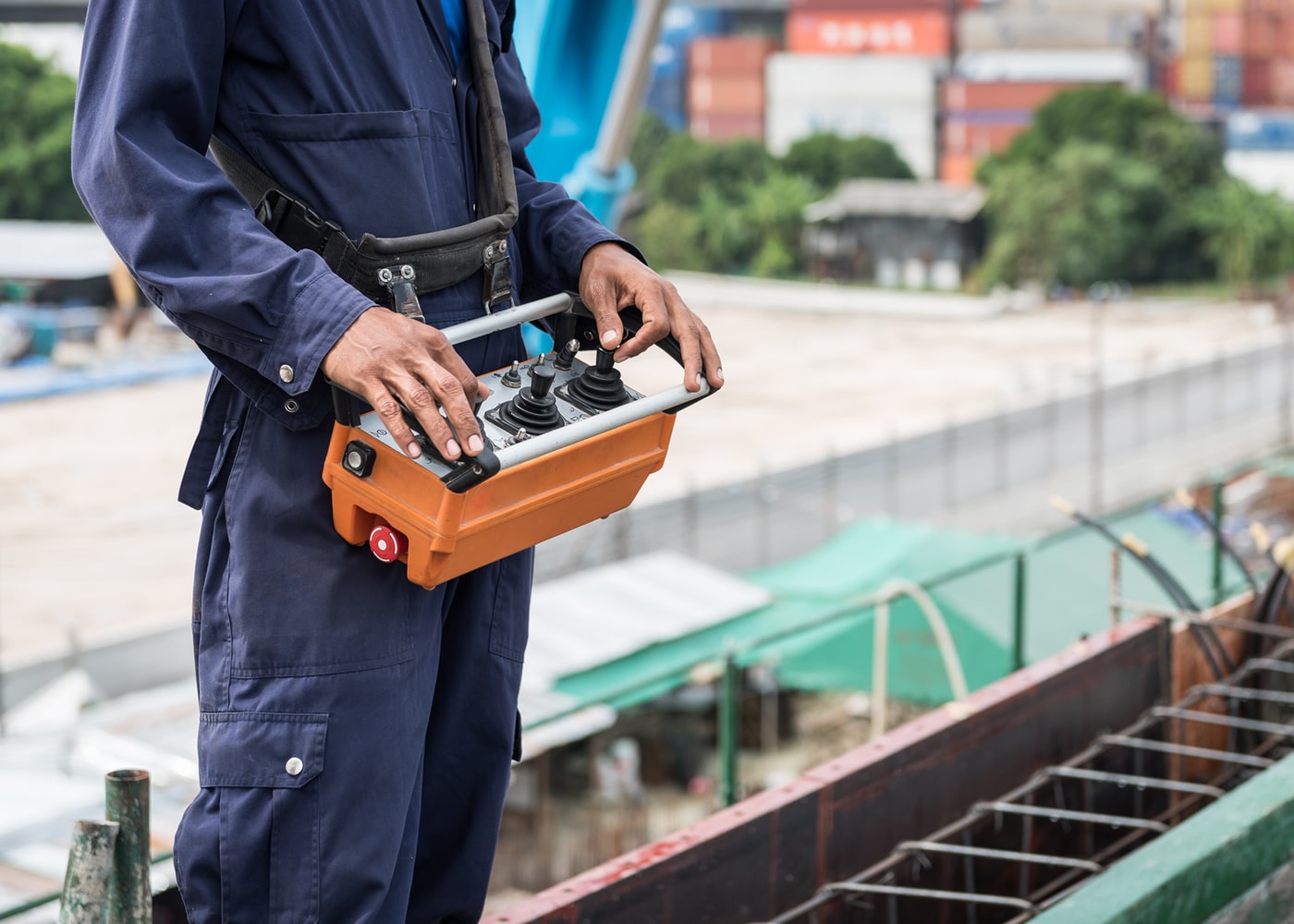Engineering Ergonomics

A current trend is to hold engineers and operations accountable for the quality of the workplace and tools they put in place. One element of measuring quality is how well the workplace fits people, the lack of MSD risk factors and the efficiency of the process (i.e. Lean).
In a recent benchmarking study of 13 companies with effective ergonomic processes, we found that:
- 31% measure the level of MSD risks and the reduction in risk level as a result of workplace change (This is a leading measure of results.)
- 62% utilize engineering or operations people (not safety) to lead their ergonomics process
- 46% hold engineers responsibile for making workplace improvements in exisiting workplaces and process to reduce MSD risks (i.e. engineering controls)
- 77% provide engineers with Ergonomic Design Criteria to assist with engineering controls
- 77% of participants created a new equipment review process for ergonomics. Typically this is tied to the existing Phase Gate Review or New Equipment Review Process.
- 54% hold engineering responsible for MSD risk factors
These are indicators of a paradigm shift of how companies manage workplace ergonomics. But the transition still has its challenges:
- Transitioning from safety to engineering is not easy. Two of the benchmarking companies stated they are struggling to get engineering to take on a “new responsibility.”
- 85% of participants indicate the new equipment review and approval process need to be improved. Reasons include:
- It is not formal
- Not always used by engineers
- Not effective
- Not followed
- Engineers are not held accountable
- Who is ultimately accountable for ensuring your workplace and tools are designed to best fit people and reduce exposure to MSD risk factors?
- Is it working? How do you know?
- Are you best leveraging your engineering resources?
- If you could change your current approach to managing workplace ergonomics, what would you do?
We look forward to hearing from NAEM members on what works for them.
Related
Sponsored Content
About the Author
Walt Rostykus
Walt Rostykus is an independent EHS professional with broad experience managing environment, health, safety, and ergonomics in a wide range of organizations and operations. He was a vice president through 2018 with Humantech Inc., a consulting firm that combines the science of ergonomics with the company’s unique 30-Inch View® to deliver practical solutions that impact safety, quality, and productivity.
